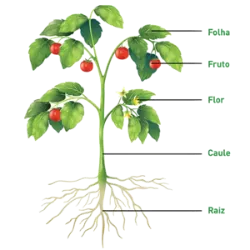Regulation of Gene Expression

The regulation of gene expression is essential for the proper functioning of cells, allowing them to respond to changes in the environment and maintain efficient cellular processes. Although the basis of this mechanism is similar in prokaryotes and eukaryotes, there are fundamental differences in the way gene expression is controlled in each cell type.
In prokaryotes, regulation is often carried out through systems such as the operon. A classic example is the lac operon in Escherichia coli, where the expression of the gene that metabolizes lactose is activated only in the presence of lactose, saving the cell's resources. In this system, a repressor can block gene transcription, but the presence of the substrate (lactose) prevents this action.
In eukaryotes, regulation is more complex, occurring in several steps, such as transcription, RNA processing and translation. At the transcriptional level, transcription factors bind to specific DNA sequences to activate or inhibit gene expression. Furthermore, epigenetic modifications, such as DNA methylation and histone modifications, play a key role in gene activation or silencing. Post-transcriptional regulation is also crucial, with processes such as alternative splicing and RNA degradation influencing which proteins are produced.
Did you know??














